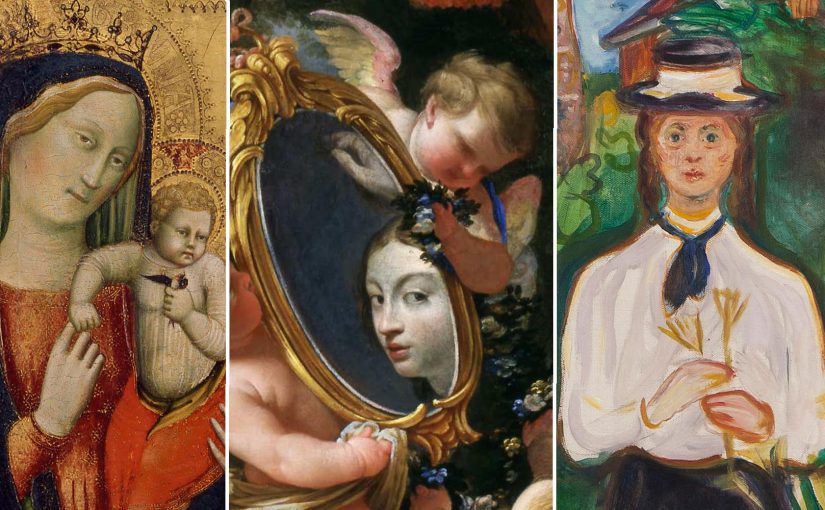Unit One of Art 1010 consisted of learning about the famous philosopher, Paulo Freire, and his book Pedagogy of the Oppressed. Specifically focusing on the concept of the baking model, which is a metaphorical take on our education system. In this unit, we also familiarized ourselves with the concept of formal analysis. We learned to look beyond the artwork and try to understand what the artist wanted to convey visually by analyzing certain characteristics of the piece and decisions made by the artist.
Both of these concepts go hand in hand when learning about art history or art in general. The banking model stresses that students should be able to have the freedom to think creatively, and in an art class, it’s essential for a student to use all of their creative energy to better understand a piece of artwork. Freire explains the issue regarding our current education system by saying that teachers act as narrators and deposit information into students, while students act as depositories, memorizing the information that is given to them. Through this teaching method there is very little room for any student to think outside of the box and if they do their thoughts and ideas are considered wrong. Freire goes on to explain that, “knowledge is a gift bestowed by those who consider themselves knowledgeable upon those whom they consider to know nothing” (Freire 72). In a classroom, there should be mutual respect between a teacher and the student in the sense of the knowledge they both bring about the subject. I think what is special in an art classroom specifically is that students’ have complete freedom when creating their own interpretations, and it won’t be considered “wrong.”
Following the banking model, we moved into the territory of formal analysis. During this topic, we learned to look beyond the artwork and a simple description and focus on what the artist wanted to convey visually by analyzing specific characteristics. Elements such as scale, color, line, light, composition, and texture help the viewer’s eye move through the artwork giving them an engaging visual experience. In Titian, Venus of Urbino 1538, one of the paintings we analyzed during class, we talked about how the lines move our eyes from one end of the painting to the other. We start on the nude body of the woman, which is meant to be the center of attention and make our way to the floor or the middle-ground. The diagonal lines of the floor lead us to the background or the window. Another important element in the painting is its colors and the way the artist uses them to portray what is most significant in the painting. The value of the colors in the foreground are brighter than the rest of the painting to show that the woman lying on the bed is the main subject. The texture in the painting helps give a visual sense of how an object depicted would feel in real life and in the case of the Titian, Venus of Urbino 1538 the artist uses the texture of the green velvet fabric to separate the foreground from the background. By using formal analysis, we have the opportunity to look closely at the artwork and try to understand the meaning behind it.


